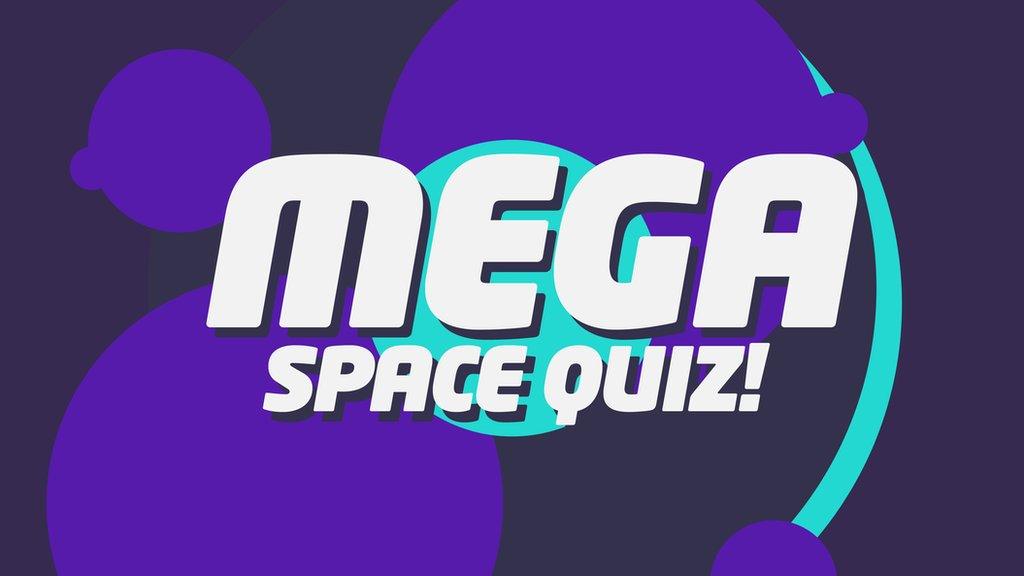ISS: Astronauts have recycled 98% of water from their pee, sweat and breath
- Published
- comments
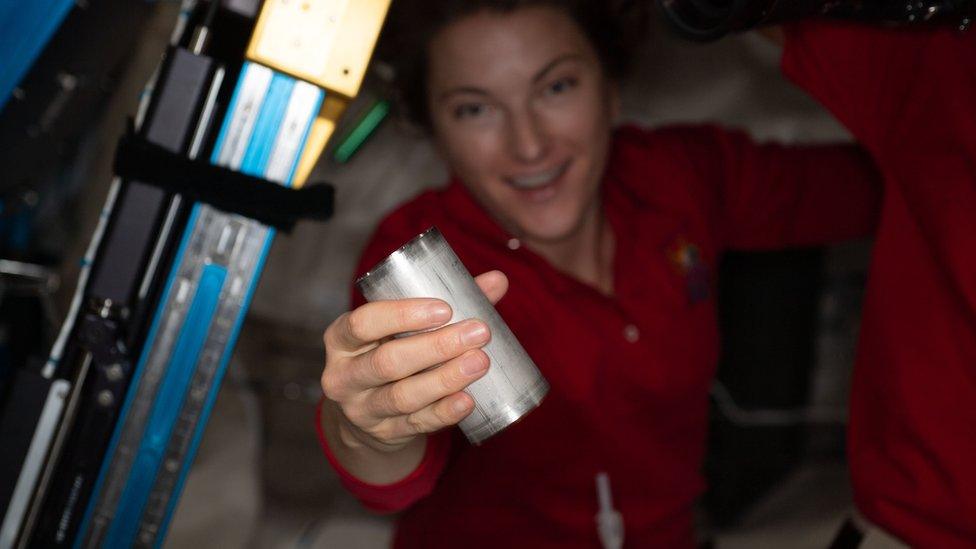
NASA astronaut Kayla Barron replaces a filter in the space station's smart water processing equipment.
Astronauts on the International Space Station (ISS) have the same basic needs as us here on Earth - they need food, water, air to breathe, and they need to use the toilet!
Now, the clever scientists orbiting around 250 miles above our planet have recently reached a hugely important milestone for the future of space travel, recycling their pee!
They have managed to recover 98% of the water they brought with them, now in the form of urine and sweat produced by the astronauts, and have turned it back into clean water.
This is significant because it saves water but also means longer trips to space can take place without the need for water-refuelling missions.
How does it work?
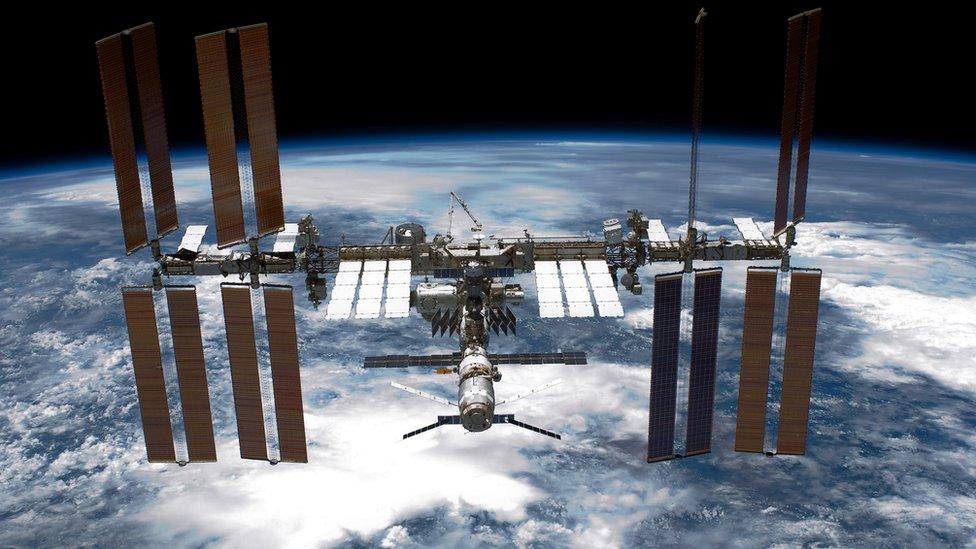
The International Space Station orbits Earth around 250 miles above sea level.
Each astronaut will require around three and a half litres of drinking water per day on the ISS. But if they are on board for months at a time, that is a lot of weight to carry into space.
So they have been trying to come up with ways to recycle the water their bodies produce back into water that is safe to drink.
A smart piece of kit called the Environmental Control and Life Support System (ECLSS) has been developed in order to do just that.
It is made up of multiple components that each play an important role in the process of creating the clean water.
The amazing equipment not only turns wee back into safe drinking water, but advanced dehumidifiers capture the moisture released into the cabin air from crew breath and sweat, and recycles that too!
How does Tim Peake go to the toilet in space?
The Brine Processor Assembly has been the key piece of the puzzle to achieving this new milestone.
Firstly urine passes through a series of special filters, then a chemical reactor breaks down any trace of nasty stuff left.
After that, sensors check the purity of the water and anything that isn't up to scratch goes through the same process again until it is safe to drink.
The ECLSS also adds iodine to the clean water to prevent tiny microbes growing in it and stores it, ready for the crew to use.
The crew is not drinking urine; they are drinking water that has been reclaimed, filtered, and cleaned such that it is cleaner than what we drink here on Earth.
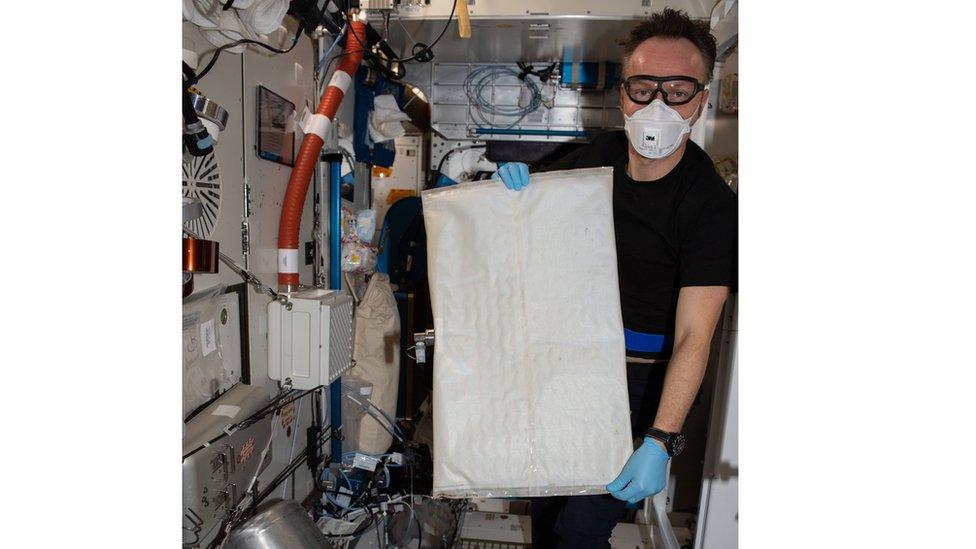
European Space Agency astronaut Matthias Maurer changes out the bladder (bag) in the space station's Brine Processor Assembly.
"This is a very important step forward in the evolution of life support systems," says Christopher Brown, part of the team at Nasa's Johnson Space Center in Houston.
"Let's say you collect 100 pounds of water on the station. You lose two pounds of that and the other 98% just keeps going around and around. Keeping that running is a pretty awesome achievement."
Jill Williamson, who is the ECLSS water subsystems manager, says, "The crew is not drinking urine; they are drinking water that has been reclaimed, filtered, and cleaned such that it is cleaner than what we drink here on Earth."
Overall this process means NASA can save millions of dollars on delivering clean water to the ISS as well as being confident they can travel further into space for longer periods of time without running out of drinking water.
- Published13 May 2021
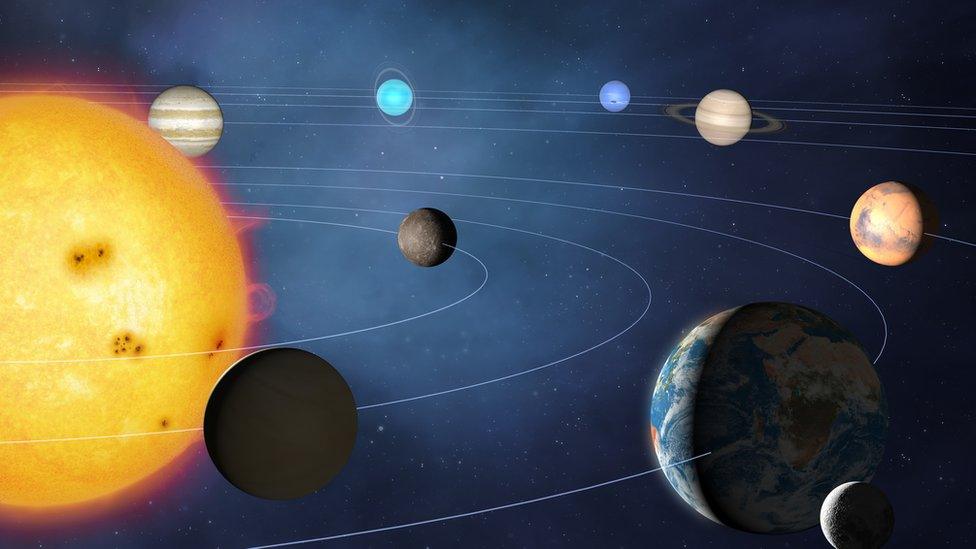
- Published13 February 2023
